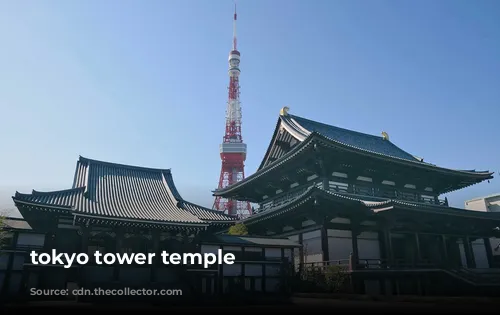Tokyo, a city of contrasts, pulsates with a vibrant energy. It’s a place where towering skyscrapers cast long shadows on ancient temples, and bustling streets give way to serene gardens. Whether you’re captivated by neon lights or drawn to the quiet contemplation of shrines, Tokyo is a destination that truly has something for everyone.
For those with a passion for the past, Tokyo is a treasure trove of historical delights. Its history stretches back centuries, and the city’s museums, temples, and architectural marvels offer a glimpse into Japan’s rich cultural heritage.
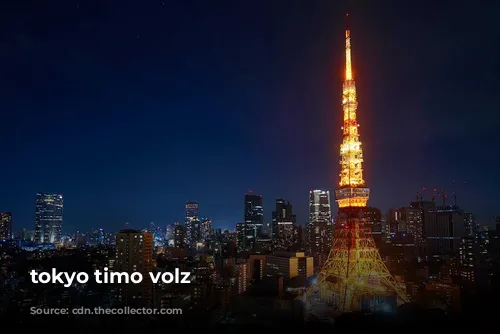
A City Transformed: From Edo to Tokyo
Tokyo’s story is one of dramatic transformation. For centuries, the city was known as Edo, a bustling center of commerce and culture under the rule of the powerful Tokugawa shogunate. During the Tokugawa Period, from 1603 to 1868, Edo flourished, becoming a vibrant metropolis with a population of over a million people.
The city was a hub of artistic expression, with the Sumida River acting as its lifeblood. Along its banks, traders and artisans alike exchanged goods and ideas, giving rise to artistic movements like Kabuki theater and ukiyo-e woodblock prints. Edo’s underground entertainment districts became the beating heart of a growing nation.
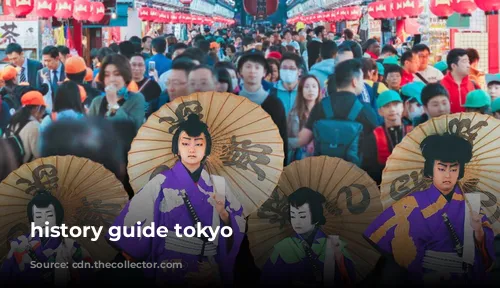
The Scars of Time: Wars and Disasters
However, Tokyo’s history is also marked by tragedy. The Great Kanto Earthquake of 1923 devastated the city, claiming the lives of over 140,000 people. The city was rebuilt, but its scars remained.
Then came World War II, which left an even deeper wound. The city was subjected to relentless air raids, resulting in the destruction of countless historical buildings, including temples, shrines, and palaces. The devastating firebombings of 1945 caused the loss of over 100,000 civilian lives, a tragedy greater than the atomic bombings of Hiroshima and Nagasaki.
Despite the devastating impact of war and natural disasters, Tokyo persevered. The city rose from the ashes, fueled by the strength of its people and the remarkable economic boom that followed the war.
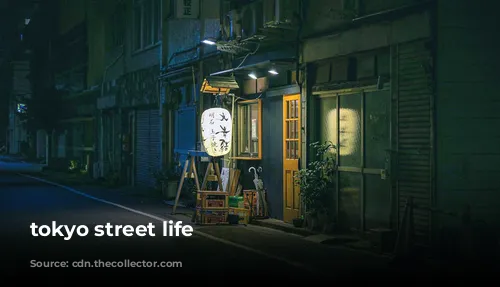
Stepping Back in Time: Historical Sites and Landmarks
For history enthusiasts, Tokyo offers a wealth of fascinating destinations. A journey through the city is a trip through time, revealing hidden treasures that showcase the city’s rich past.
The Imperial Palace, also known as Kōkyo, stands as a symbol of Japan’s imperial lineage. The current palace, built in 1968, reflects traditional Japanese architectural elements. It’s a beautiful and tranquil oasis in the heart of the city, offering visitors a glimpse into the lives of Japan’s emperors.
Tokyo’s religious sites also offer a window into the city’s past. The Sensoji Temple, founded in 645, is Tokyo’s oldest and most revered temple, a testament to the city’s enduring spirit.
Hie Shrine, one of the city’s oldest and most celebrated shrines, is a testament to the enduring traditions of Shintoism. Toshogu Shrine, dedicated to Tokugawa Ieyasu, the shogun who ushered in the Tokugawa Period, boasts beautifully ornamented wooden structures and intricately carved treasures. Yushima Tenmangu, a serene Shinto shrine devoted to the god of learning, draws students seeking blessings during exam season.
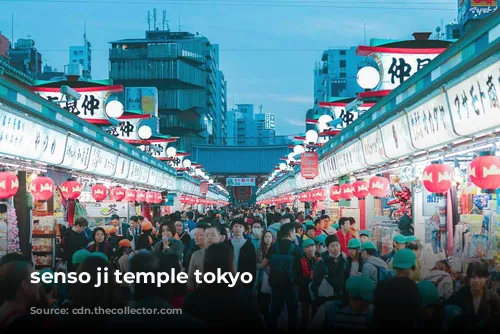
Immersed in History: Museums and Cultural Experiences
Tokyo’s museums are a must-visit for history buffs. The Tokyo National Museum, the city’s largest and oldest museum, houses an impressive collection of artifacts spanning every period of Japan’s history, including national treasures like samurai swords and Buddhist carvings.
For those seeking a deeper understanding of Edo-era architecture and city planning, the Edo-Tokyo Open Air Museum is a delight. This beautiful museum in the suburb of Koganei showcases relocated and reconstructed buildings from the Edo and early Showa periods, allowing visitors to step back in time.
The Fukagawa Edo Museum, located near the Kiyosumi Gardens, offers a glimpse into the lives of Edo-era commoners, revealing their daily routines and traditions.
For military history enthusiasts, the Japanese Sword Museum in the Ryogoku neighborhood houses an impressive collection of swords and personal artifacts from Japan’s military history. The Sumida Hokusai Museum, also in Ryogoku, showcases the artwork of Katsushika Hokusai, Edo’s most famous artist, whose iconic ukiyo-e prints brought Japanese art to the world stage.
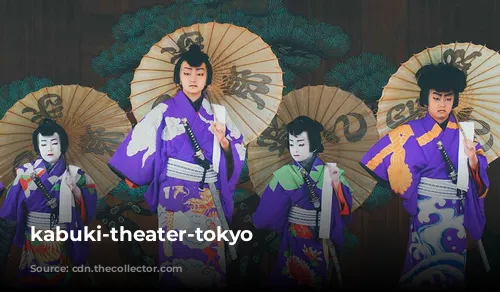
Tokyo’s Architectural Tapestry: A Blend of Old and New
Tokyo’s skyline is a stunning mix of modern skyscrapers and historical landmarks. Despite the city’s rapid modernization, there are still architectural gems that have stood the test of time.
Tokyo Tower, a towering symbol of the city, is a testament to Japan’s postwar reconstruction. Though its height has been surpassed by Tokyo Skytree, the tower remains a popular tourist destination.
Tokyo Station, a magnificent brick building constructed in 1908, is a stunning example of early 20th-century architecture. Despite being severely damaged during World War II, the station’s iconic facade was preserved, and the rebuilt structure now serves as a gateway to the surrounding Kantō region.
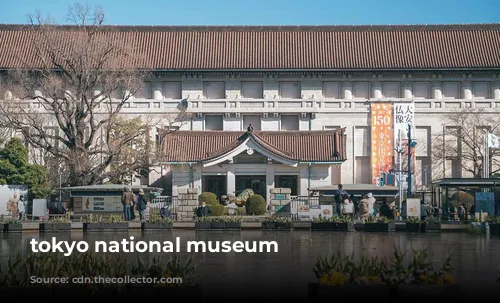
Experiencing the Past: Kabuki Theater and Beyond
No trip to Tokyo is complete without experiencing the city’s rich cultural heritage. Kabuki Theater, a unique and captivating form of Japanese theater, originated as a form of entertainment for the common people and has since become a treasured tradition.
Kabuki-za, a beautiful theater in Tokyo’s Ginza district, is a renowned center for Kabuki performances. Attending a live performance is a truly immersive experience, offering a glimpse into the artistry and traditions that have captivated audiences for centuries.
Tokyo, a city that constantly reinvents itself, is a living testament to the enduring power of history. From its ancient temples and shrines to its modern skyscrapers, Tokyo is a fascinating tapestry woven with threads of tradition and innovation, offering a unique and unforgettable journey for every visitor.
